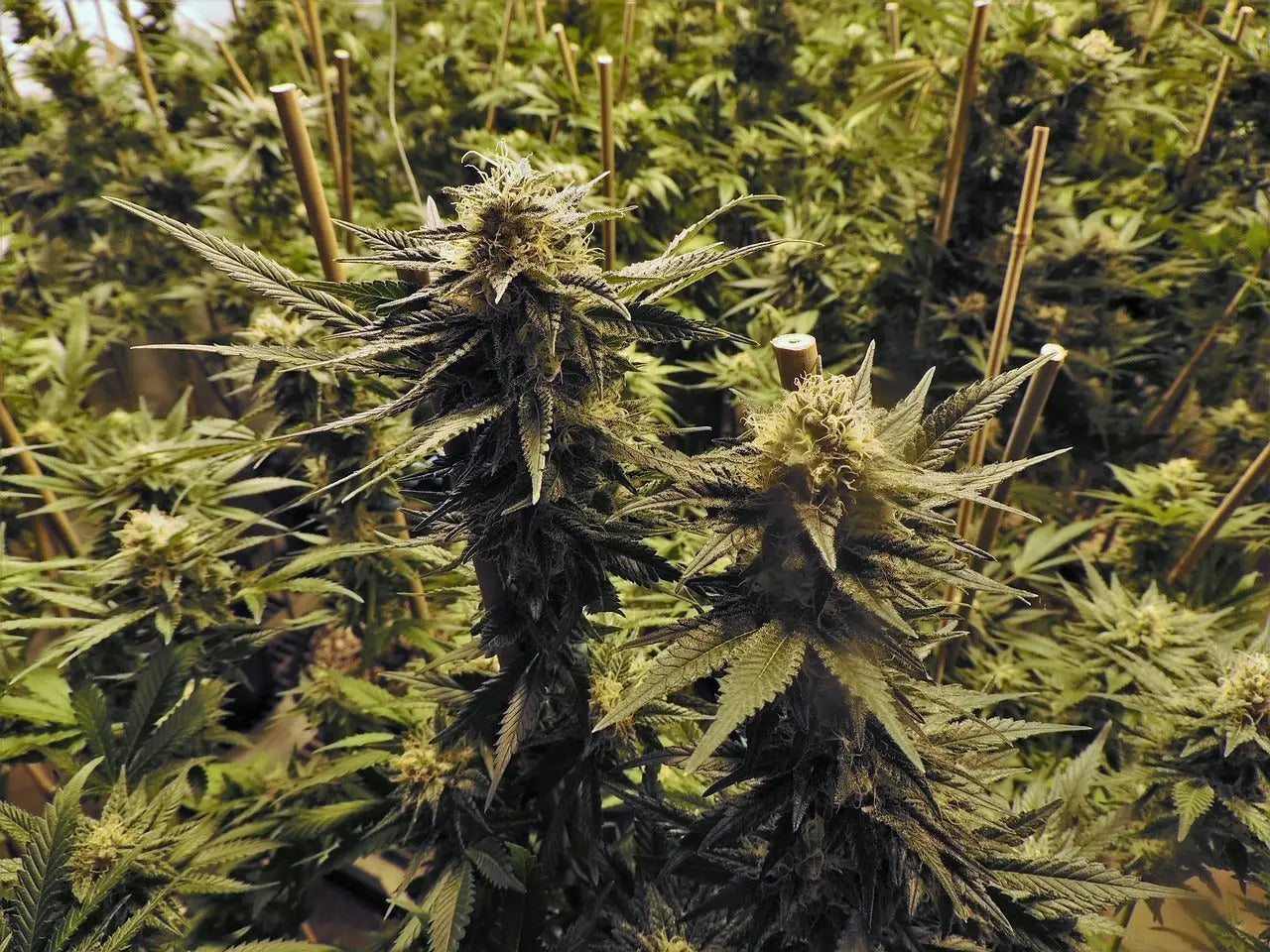CB9 has several notable features that stand out in the cannabis industry. It differs significantly from HHC and D9-THC, does not crystallize and has a moderate psychoactive effect. These properties make CB9 an interesting candidate for specific legal cannabis markets. However, further research is necessary to understand the full spectrum and possible effects of CB9. Here is some basic information about CB9.
|
|
Basic aspects of CB9
CB9 stands out in the cannabinoid sector due to its unique characteristics. Contrary to popular belief, CB9 neither belongs to the group of HHC cannabinoids nor is it derived from it. This distinction is central to understanding its role and potential in the market.
Distinction from D9-THC
A key feature of CB9 is that it is structurally different from D9-THC. THC differentiates. This separation has both chemical and legal significance and influences the understanding and handling of this substance.
Physical characteristics of CB9
CB9 stands out from other cannabinoids due to its non-crystallization. This physical feature could have implications for processing and storage.
Psychoactive properties of CB9
CB9 is particularly suitable for markets where CBD is legal, but HHC and other psychoactive cannabinoids are prohibited. This positioning makes CB9 a promising option in regulated markets.
Evaporation properties of CB9
Another advantage of CB9 is its pleasant evaporation properties. Compared to H4CBD, it causes a less rough feeling in the throat, which could improve the user experience and increase acceptance.
INTRODUCTION TO CB9 CANNABINOID
CB9, a new cannabinoid and a derivative of CBD, represents an interesting development in the world of cannabinoids. Discovered in trace amounts in an exclusive cannabinoid distillate, CB9 shares a characteristic structure with CBD, in particular a natural five-carbon Connection.
STRUCTURAL FEATURES AND CHALLENGES
CB9 shows structural similarities to CBD and H4CBD, but stands out with one key difference: its psychoactive properties. This peculiarity, which distinguishes CB9 from its non-psychoactive relatives, presents challenges, particularly with regard to its identification. Standard HPLC (high performance liquid chromatography) testing methods may not be sufficient to reliably detect CB9. This limitation underlines the need for improved testing methods in cannabinoid analysis.
LEGAL AND PRACTICAL CONSIDERATIONS
The psychoactive nature represents a legal gray area. In markets where CBD is legal, but other psychoactive substances such as THC is banned, CB9 could pose legal challenges. From a practical perspective, the difficulty of detectability is problematic, both for regulatory authorities and for manufacturers who need to ensure the quality and purity of their products.
RESEARCH AND MARKET POTENTIAL OF CB9
Despite the challenges, it offers enormous potential for scientific research and potentially the commercial market. Its unique structure and effects could provide new insights into how cannabinoids work and lead to innovative applications.
Summary and Outlook
CB9 is on the cusp of exciting discoveries and developments in the world of cannabinoids. However, its unique properties require extensive scientific analysis, improved detection methods and careful legal consideration. Future research and development in this area could have profound implications for the use and regulation of cannabinoids.

CB9: A potential trendsetter in the cannabinoid world
CB9 could be considered a game-changing cannabinoid in the global cannabis industry, particularly in regions such as Europe where many countries have restricted the use of certain psychoactive cannabinoids such as HHC, HHCP and THCP. These regulations clear the way for CB9, as it does not fall under the current bans. In a changing regulatory environment, CB9 could become more important as a legal alternative.
A look beyond the boundaries of CBD and THC
CBD is known for its non-psychoactive properties and potential health benefits. In contrast, THC is known for its psychoactive effects and medical benefits, but also generates controversy. CBN and CBG, although lesser known, also offer unique properties: CBN is known for its gentle, calming effects, while CBG serves as a versatile precursor to other cannabinoids and offers potential medical benefits.
Diverse potential in cannabinoid research
Cannabinoid research goes far beyond CBD and THC. Each cannabinoid, including lesser-known ones like CBN and CBG, presents unique possibilities for medicine and therapy. As our understanding of their mechanisms of action increases, their role in medicine could continue to grow.
The future of CB9
CB9 is at the beginning of an exciting research path. Its psychoactive properties and detection challenges present it with unique challenges. Future research will be crucial to fully unlock the potential of CB9 and resolve the legal and practical issues surrounding it. CB9 could prove to be an important addition to the range of cannabinoids, especially in an ever-evolving legal framework.




Share:
H4CBD: A Promising Compound in Cannabinoid Research
Can CBD Improve Sleep?